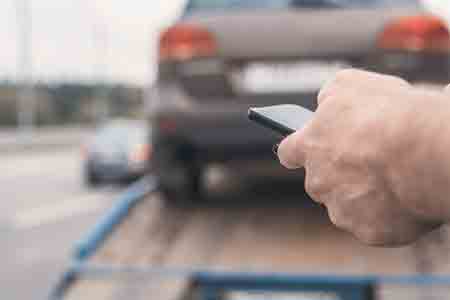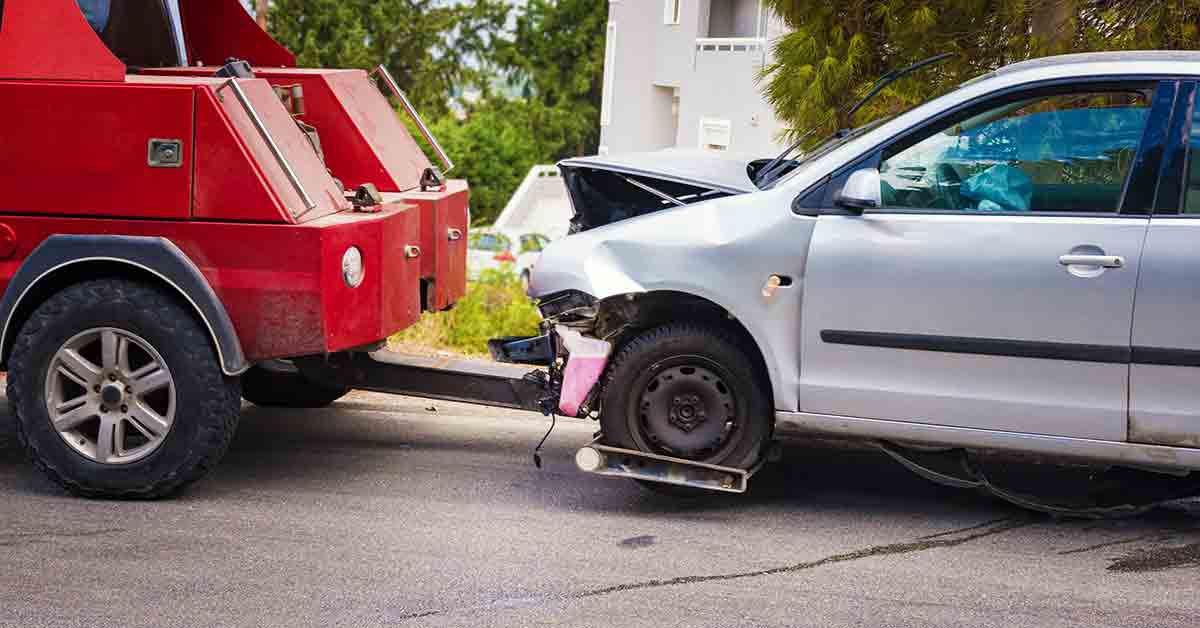Fender-Benders: More Than a Nuisance
Minor car accidents are more anxiety-inducing than other “minor” issues in life. No matter the situation, car accidents are stressful and scary. Even if no one suffers any injuries, drivers and passengers must know what to do in the event of an accident. At the moment, it’s hard to remember every step. What information should you obtain from the other driver and witnesses? Does anyone need to go to the emergency room or an urgent care center? Is an ambulance or tow truck needed? Should someone contact the police? We’ve put together this list of what to do in the event of a fender-bender. Every situation is different, so keep that in mind when reviewing this list.
What to Do After a Fender-Bender
1. Stop the Car Immediately
The first thing any driver should do after a car accident is to stop the car. If possible, don’t block any ongoing traffic. If the cars involved in the crash are drivable, make sure they’re off the road as soon as possible. Put the hazard lights on if any vehicles must remain in the street while waiting for emergency personnel or the tow truck.
Important: In the state of California, it is illegal to leave the scene of an accident without contacting the owner of any affected vehicles or property. Make sure to take all of the proper precautions before fleeing the scene of the crash to prevent a charge.
2. Call the Police
Once everyone is out of harm’s way, ensure that someone contacts the police. If there are no injuries, make sure to contact the non-emergency number of the local police department and report the accident to the dispatcher. If someone is injured, however, don’t bother with the non-emergency number. Call 911 instead to ensure a timely response. In some cases, the police will only file a police report if the accident causes injuries. In any case, the police officers who arrive at the scene act as a neutral third party in the event of a car accident, and may be able to help with collecting witness statements for any insurance claims.
3. Take Plenty of Photos

Make sure to take plenty of photos of the accident while waiting for police or other emergency personnel. Document all damage on all vehicles in these images. It’s a good idea to take videos of the traffic and weather conditions as well, as these can prove useful when filing an insurance claim. Collect the contact information for witnesses, as well.
4. Exchange Information
Be sure to exchange contact information with all other drivers involved in the accident. Write down their insurance and vehicle information, including the VIN, to aid with communication. To protect oneself against the allegation of fault, don’t say anything to the other driver and don’t admit responsibility for the accident. Be sure to document anything the other drivers say during this time.
5. Call Your Insurance Agent
After all of the people involved in the crash have exchanged information, and received the appropriate medical care, make sure to contact the insurance company. The insurance agent should go over all of the options available to the policyholder. If the car needs towing (and dependent on the type of coverage), the insurance agent should direct drivers to approved towing companies and auto repair shops nearby.
6. Call a Tow Truck
If the vehicle is immoveable or suffers damage that needs immediate repair, drivers should call a tow truck company. Members of AAA or other emergency roadside assistance services should call the customer helpline. Otherwise, most reputable tow truck companies have drivers on call 24/7.
Keep an Eye on Medical Needs
Hopefully, no one involved in a minor car accident needs medical attention or emergency intervention. Adrenaline and other hormones can often initially mask pain and other symptoms. However, here are a few tips and what to watch out for in the hours and days after a minor car accident.
Difficult or Painful Breathing
Go to the emergency room if breathing becomes difficult or painful after a car accident. Emergency room physicians have plenty of experience treating traumatic injuries, and they can figure out whether their patients have breathing issues related to the accident or not.
Head, Neck, or Spinal Injuries
While car accidents without significant vehicle damage may seem minor, they aren’t necessarily injury-free. Even if none of the airbags deploy, drivers and passengers in minor car accidents may sustain neck, head, or spinal injuries as a result of the collision. These types of injuries include concussions and herniated disks. As mentioned before, keep in mind the effects that adrenaline and other body processes can have on the body’s ability to feel pain. If anyone involved in a minor car accident starts to feel a significant amount of pain after the accident (even if it’s hours or a couple of days later), they should go to the doctor.
Active Bleeding
Sometimes fender-benders result in an open wound for the driver or a passenger of one of the vehicles. Make sure to address open wounds and cuts immediately, and if they are not severe enough for professional medical attention, keep an eye out for infection in the days and weeks following the accident.
Bruises or Suspected Fractures
Minor wounds and simple bone fractures don’t require an emergency room visit. Most urgent care facilities should be adequate for treatment.
Document Everything
Be sure to document every medical procedure that occurs as a result of a car accident, as the at-fault driver’s insurance covers these procedures.
How Can B&D Towing Help?
B&D Towing has more than three decades of experience serving Concord, California, and the surrounding areas. B&D Towing is proud to be a licensed company that works per California State Law. Whether you require emergency roadside assistance, or you need an old vehicle moved off of your property, B&D Towing can help. We have professionals on call 24/7, so call now to get started!

